The views expressed in our content reflect individual perspectives and do not represent the authoritative views of the Baha'i Faith.
Shortly before noon on Tuesday, April 23, 1912, Abdu’l-Baha swept into the second-floor auditorium of Rankin Chapel at Howard University in Washington, D.C. Stained timber arches spanned the 50-foot-wide space, resting on hammer beams at the walls and supporting a dark timber roof. The band, an observer wrote, played as he entered, and the audience rose in applause.
Abdu’l-Baha had been in America for less than two weeks. He had arrived in New York on April 11, for an eight-month tour of the continent. Instead of taking the position of an outsider looking in on American life, Abdu’l-Baha would succeed in placing himself in the middle of almost all of the nation’s major debates. But the last thing anyone expected of an aging Persian man, the son of Baha’u’llah, the prophet and founder of the Baha’i Faith, 40 years a prisoner in an Ottoman penal colony, was that he was about to do what no other prominent visitor to the United States had ever dared: engage in a sustained and very public challenge to the racial ideologies that legitimized the color line in American life.
By the time he departed the United States on December 5, Abdu’l-Baha had unfolded a new vision of racial unity in America, supported by scientific, social and moral arguments, dramatic personal actions and social gestures — and, especially, a new language of racial imagery — to help black and white Americans heal centuries of mistrust.
Louis Gregory Goes to Egypt
In hindsight, it became clear that Abdu’l-Baha had been planning to engage with the race debate in the United States for at least three years. In 1909 he had begun a correspondence with Louis George Gregory, a 35-year-old, Fisk- and Howard-educated African American lawyer in Washington, D.C. Gregory, as president of the capital’s oldest black organization, the Bethel Literary and Historical Association, was one of D.C.’s most prominent African Americans.

Gregory grew up in South Carolina. His stepfather, George Gregory, had been free from birth, but his mother had been 14-years-old when the Union army freed her from slavery. His grandfather, a prosperous blacksmith, was shot to death one night by the Ku Klux Klan, for the insult of owning a horse and mule. Like many young, educated black Americans who lived in the Jim Crow era, Louis, by his own account, had been “radical and wide-eyed,” an activist in “a program of fiery agitation in behalf of a people.”
In reply to Gregory’s opening letter, Abdu’l-Baha invited him to focus not on conflict, but on unity. “I hope,” Abdu’l-Baha, using the terminology common at the time, wrote, “that thou mayest become . . . the means whereby the white and colored people shall close their eyes to racial differences and behold the reality of humanity, and that is the universal unity which is the oneness of the kingdom of the human race. . . .”
In April 1911, Louis Gregory traveled to visit Abdu’l-Baha in Ramleh, a town near Alexandria, Egypt. During their first conversation, Abdu’l-Baha immediately addressed the heart of the matter. “What of the conflict between the white and colored races?” he asked.
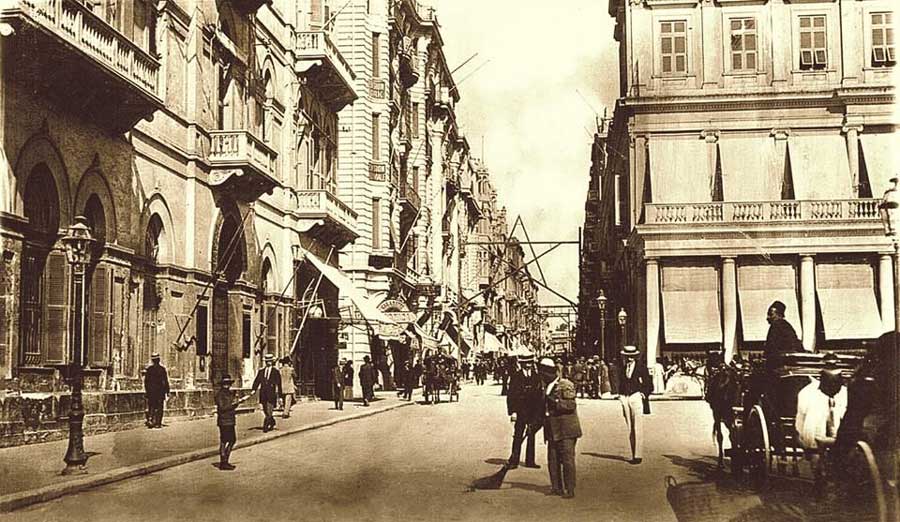
“This question made me smile,” Gregory wrote, “for I at once felt that my Inquirer, although He had never in person visited America, yet knew more of conditions than I could ever know. I answered that there was much friction between the races. That those who accepted the Baha’i teachings had hopes of an amicable settlement of racial differences, while others were despondent. Among the friends were earnest souls who wished for a closer unity of races and hoped that He might point out the way to them. He further questioned: ‘Does this refer to the removal of hatreds and antagonisms on the part of one race, or of both races?’ Both races, was my answer, and He said this would be done.”
“Work for unity and harmony between the races,” Abdu’l-Baha told Gregory. “There must be no distinctions.” A year later, when Abdu’l-Baha stood upon the wooden stage in Rankin Chapel, in front of 1,600 students, faculty and guests of Howard University, Louis Gregory stood beside him.
Abdu’l-Baha’s Racial Imagery
By 1912 Howard, founded in 1867 to educate former slaves, was the nation’s leading black college. The overflowing crowd was the first predominantly black audience Abdu’l-Baha would address in America. He began by drawing attention to the diversity in the room. “Today I am happy,” he said, “for I see . . . white and black sitting together.” He then proceeded to reject prevailing black and white views about racial essentialism — the widespread belief that a person’s race was central to his or her humanity:

“There are no whites and blacks before God. All colors are one, and that is the color of servitude to God. Scent and color are not important. The heart is important. If the heart is pure, white or black or any color makes no difference.”
Almost 20 years earlier, in 1893, journalists who covered the World’s Columbian Exposition in Chicago had begun to connect the racial term “black” with evil, darkness, and danger. A story in “Frank Leslie’s Popular Monthly”, for example, commented on a group of West Africans at one of the ethnological exhibits: “Sixty-nine of them are here in all their barbaric ugliness,” the reporter wrote, “blacker than buried midnight and as degraded as the animals which prowl the jungles of their dark land.” In 1905 thousands of New Yorkers had viewed Ota Benga, a 37-year-old Pygmy of the Mbuti tribe of Zaire, displayed in a cage at the Bronx Zoo with an orangutan. “Is it a man or a monkey?” asked The New York Times.
But since Louis Gregory’s visit in 1911, Abdu’l-Baha had begun to craft a new language of race — a new range of racial images and metaphors — which consciously contradicted these racist and ingrained associations. They found their focus in Louis Gregory himself.
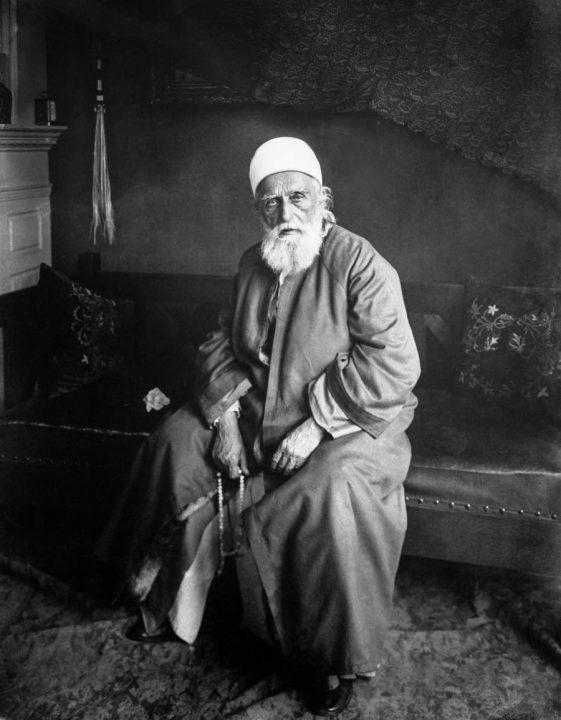
“I liken you,” Abdu’l-Baha told him, “to the pupil of the eye. You are black and it is black, yet it becomes the focus of light.” “When he went to Stuttgart,” Abdu’l-Baha wrote, “although being of black color, yet he shone as a bright light in the meeting of the friends.” “He will return to America very soon,” he advised an American friend, “and you, the white people, should then honor and welcome this shining colored man in such a way that all the people will be astonished.”
At Howard University, at the Metropolitan African Methodist Episcopal Church that evening, and in his other speeches to mixed-race gatherings in Washington during the next four days, Abdu’l-Baha deepened and extended this racial language to recast racial differences as a source of beauty.
“As I stand here tonight and look upon this assembly,” he told one audience, “I am reminded curiously of a beautiful bouquet of violets gathered together in varying colors, dark and light.”
“In the vegetable kingdom the colors of multicolored flowers are not the cause of discord. Rather, colors are the cause of the adornment of the garden because a single color has no appeal; but when you observe many-colored flowers, there is charm and display. The world of humanity, too, is like a garden, and humankind are like the many-coloured flowers.”
In another talk given the next day, Abdu’l-Baha explained that:
“In the clustered jewels of the races may the blacks be as sapphires and rubies and the whites as diamonds and pearls. The composite beauty of humanity will be witnessed in their unity and blending.”
Beyond Civil Rights
Throughout his tour, Abdu’l-Baha argued that legal and political equality would never be capable of overcoming the psychological chasm that separated whites and African Americans. “You may bring all the physical powers of the earth,” a New York reporter heard him say, “and try by their means to make a union where all will love each other, where all will have peace — but it will end in failure.”
It wasn’t enough for antagonistic racial groups to be forced together through legislative means, he said. They had to choose to unite. And that required a firm basis of love and unity.
His advocacy for racial unity, therefore, went beyond purely economic, political, and moral arguments. He neither lined up with any of the popular white positions in the American racial debate nor accepted the dichotomy between appeasement and political agitation that characterized African American leaders. Unlike Booker T. Washington and the Social Gospel reformers, who were preoccupied with economic development; unlike the political rights and race pride approach of W.E.B. Du Bois; and unlike Marcus Garvey, who would soon promote evacuating the talented portion of the African American population back across the Atlantic to found an ideal pan-African state, Abdu’l-Baha sought to change the emotional posture of white and black Americans toward the race issue and toward each other.

Abdu’l-Baha’s rhetorical battle with the ideologies of America’s racial order was only the beginning of an all-in campaign to overcome the racial segregation in American heads and hearts. He weaved a strategy for racial unity aimed not just at promoting economic and civil rights for African Americans, but at healing the centuries of mistrust that racial prejudice had interposed between white and black. For the duration of his tour in America, and for the rest of his life, he strived to translate his novel approach to racial unity into the realm of the real.
Louis Gregory was often his subject. On the very day of the speech at Howard, Abdu’l-Baha overturned strict Washington protocol by seating Gregory in the place of honor at a diplomatic luncheon to which he, being black, had not been invited. A few days later, his discourse on racial unity bore its first fruit when Gregory was elected to the executive board of the Baha’i Temple Unity, a national organization comprised almost entirely of white Americans. And, perhaps most significant of all, he brought together and encouraged the marriage of Gregory and Louise Mathew, one black, the other white. They were married in New York City on September 27, 1912 and lived together happily until Louis passed away at the end of July in 1951.
You May Also Like
Comments



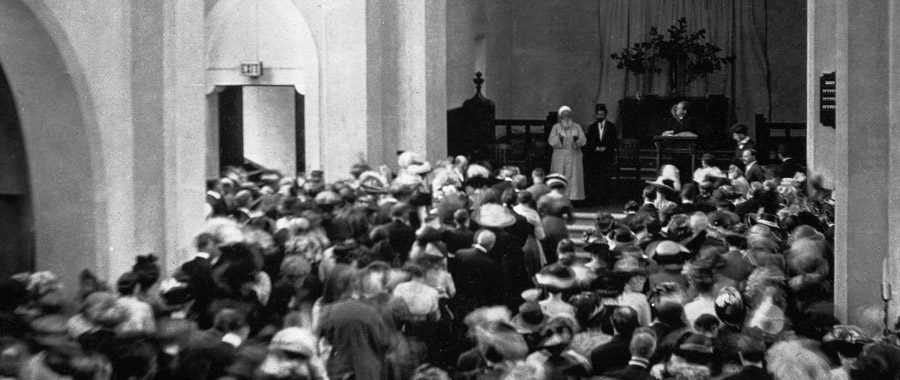
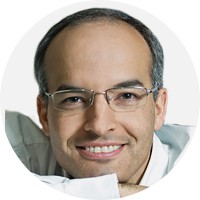


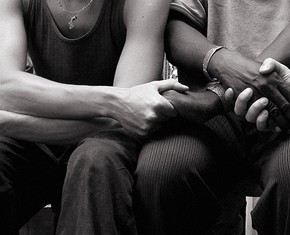
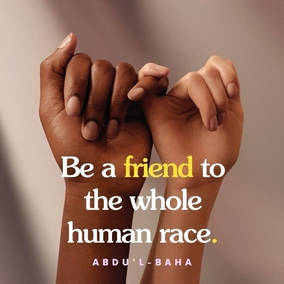
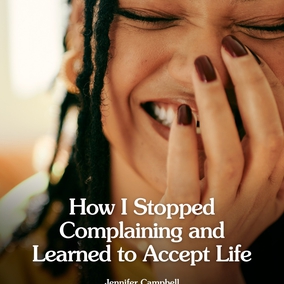
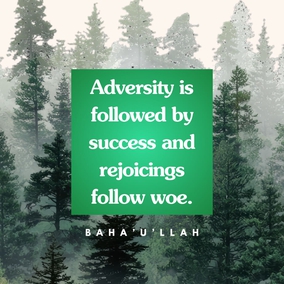
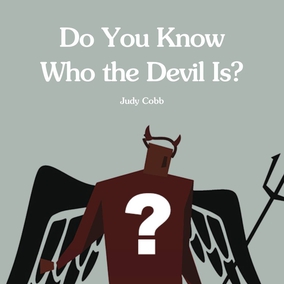
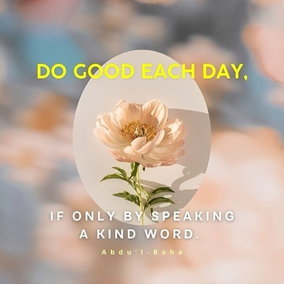

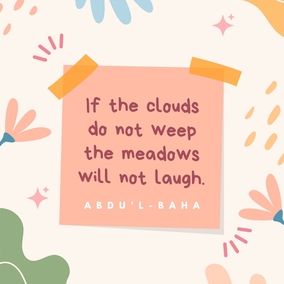
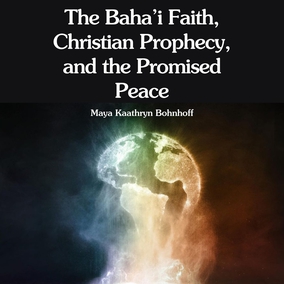

Ralph E. Luker, The Social Gospel in Black and White: American Racial Reform, 1885–1912 (Chapel Hill: University of North Carolina Press, 1991), 2.
Paige Raibmon, Authentic Indians: Episodes of Encounter from the Late-Nineteenth-Century Northwest Coast (Durham, NC: Duke University Press, 2005), 35.
Elliot M. Rudwick and August Meier, “Black Man in the ‘White City’: Negroes and the Columbian Exposition, 1893,” Phylon 26, No. 4 (1965), 354.
Robert W. Rydell, “World’s Columbian Exposition,” Encyclopedia of Chicago, Chicago Historical Society, http://www.encyclopedia.chicagohistory.org/pages/1386.html (accessed May 5, 2010).
Lee D. Baker, From Savage to Negro: Anthropology and the Construction of Race, 1896–1954 (Berkeley, CA: University of California Press, 1998), 26–53.
George Washington Cable. “The Freedman’s Case in Equity,” in The Negro Question: A Selection of Writings on Civil Rights in the South by George W. Cable, ed. Arlin Turner (Garden City, NY: Doubleday & Company Inc., 1958), 66–67.
Louis G. Gregory, A Heavenly Vista: The Pilgrimage of Louis G. Gregory (Washington, DC: n.p., [1913?]; repr., Ferndale, MI: Alpha Services, 1997), also available ...online, http://bahai-library.com/pilgrims/louis.html.